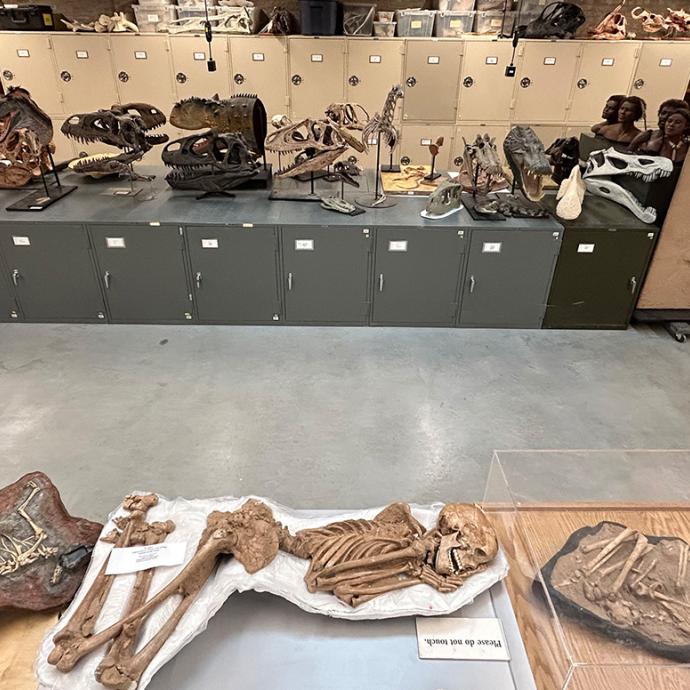Imagine predicting the exact finishing order of the Kentucky Derby from a still photograph taken 10 seconds into the race.
That challenge pales in comparison to what researchers face when trying to study how embryos develop, cells differentiate, cancers form, and the immune system reacts—all using the snapshots from microscopes or genome sequencing.
But in a paper published April 26 in Proceedings of the National Academy of Sciences, researchers from the UChicago Pritzker School of Molecular Engineering and the Chemistry Department unveiled a powerful new method of using the static snapshots from single-cell RNA-sequencing to study how cells and genes change over time.
To develop the method, which they call TopicVelo, the team took an interdisciplinary approach, incorporating concepts from classical machine learning as well as computational biology and chemistry.
“In terms of unsupervised machine learning, we use a very simple, well-established idea. And in terms of the transcriptional model we use, it's also a very simple, old idea. But when you put them together, they do something more powerful than you might expect,” said PME Assistant Professor of Molecular Engineering and Medicine Samantha Riesenfeld, who wrote the paper with Chemistry Department Prof. Suriyanarayanan Vaikuntanathan and their joint student, UChicago Chemistry PhD candidate Cheng Frank Gao.
The trouble with pseudotime
When trying to understand complex processes in the body, researchers often use single-cell RNA-sequencing, or scRNA-seq, to get measurements that are powerful and detailed, but by nature are static.
The trouble is, Riesenfeld explained, “Single-cell RNA-sequencing is destructive. When you measure the cell this way, you destroy the cell.”
This leaves researchers only a snapshot of the moment the cell was measured/destroyed. However, the information many researchers need is how the cells transition over time. They need to know how a cell becomes cancerous, or how a particular gene program behaves during an immune response.
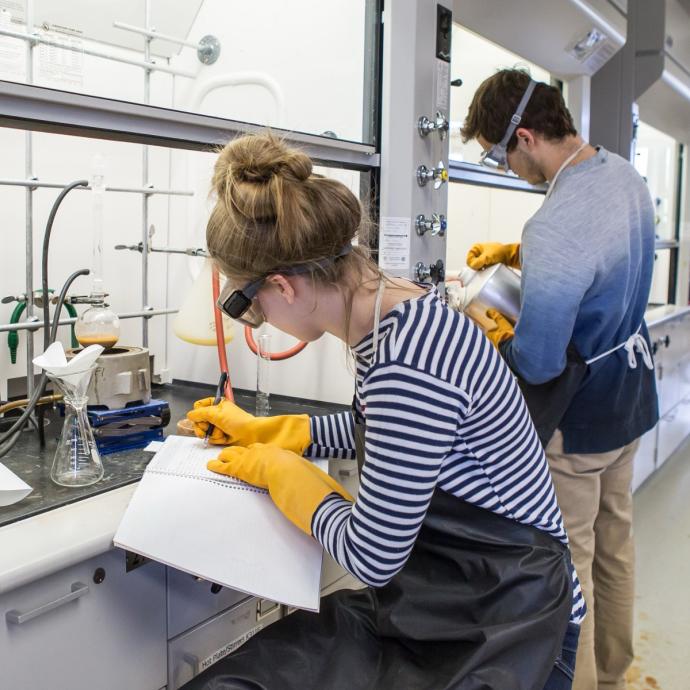
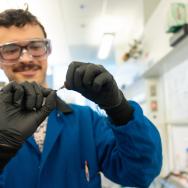
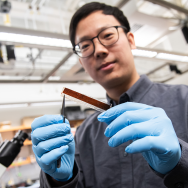
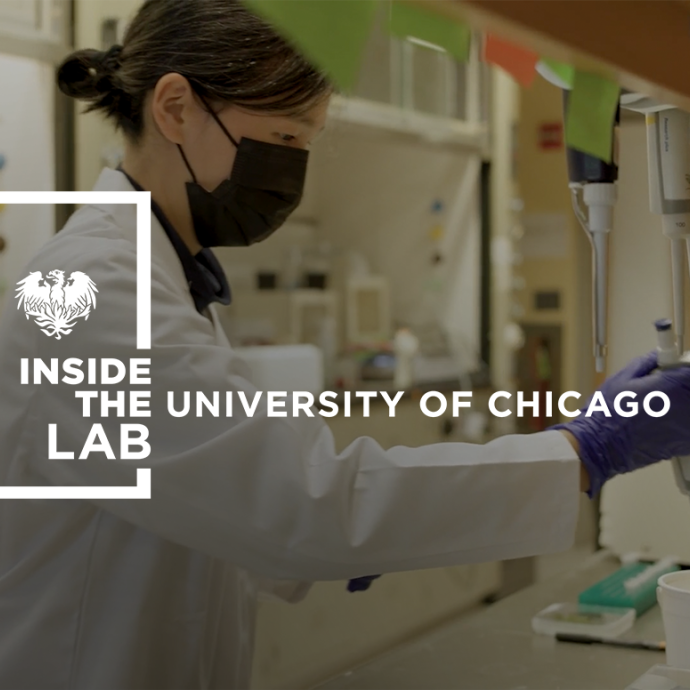







 —Prof. Chuan He
—Prof. Chuan He
